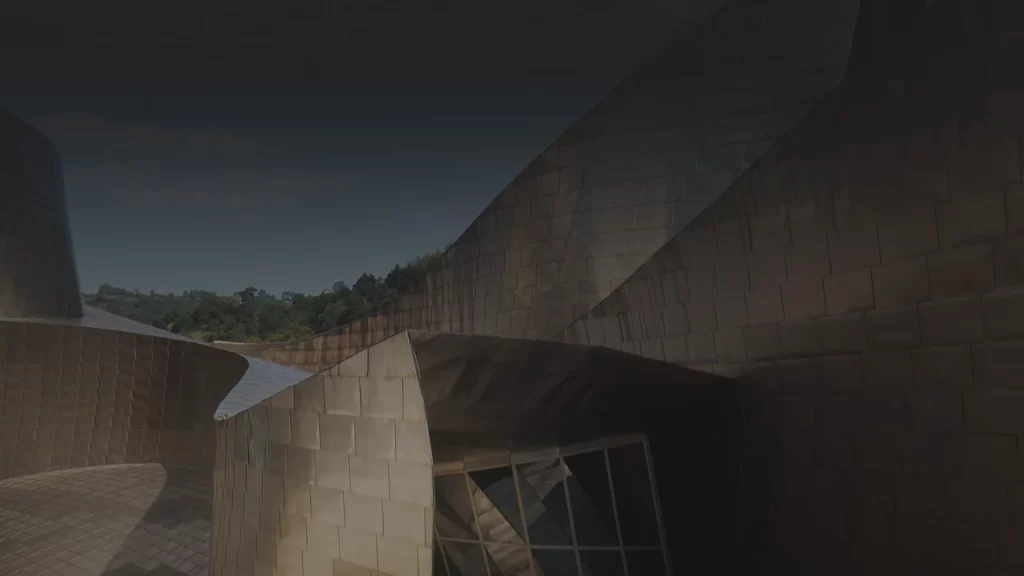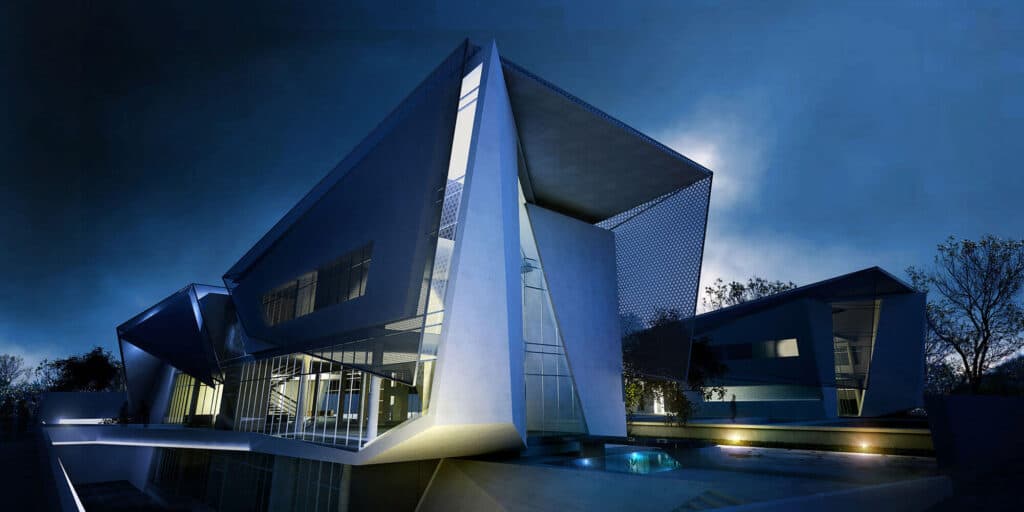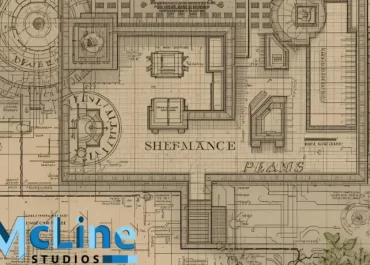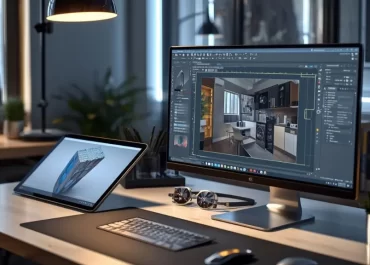The field of architecture is constantly evolving, and technology has played a significant role in this evolution. Technological advancements have revolutionized the way architects design and communicate their ideas, making the process faster, more efficient, and more accurate.
From the traditional pencil and paper methods to computer-aided design (CAD) and building information modeling (BIM), this blog will discuss the role of technology in modern architectural drawings, including MEP BIM drafting and interior drafting.

Computer-Aided Design (CAD) Software
The MEP BIM drafting industry has been revolutionized by computer-aided design (CAD) software, one of the most significant technological advancements in architectural drawings. CAD software enables architects to produce highly detailed and accurate 2D and 3D models of buildings that are easily editable.
This technology has replaced traditional drawing methods due to its speed, precision, and accuracy. With CAD software, architects can quickly generate multiple iterations of a design, easily view it from various perspectives, and identify potential problems before construction begins.
In addition to designing, CAD software is also capable of performing complex calculations such as stress analysis and load-bearing capacity. This feature is vital in ensuring the safety and stability of the building.
Moreover, the software aids in creating comprehensive plans and specifications that are necessary for contractors to follow during the construction process.
CAD software also offers remote work capabilities, allowing architects to work on projects from anywhere globally. This ability has made collaboration with other professionals like engineers and contractors more accessible and efficient.
Architects can share their designs with clients and colleagues in real-time, speeding up the review process. CAD software is a game-changer in the MEP BIM drafting industry, with its ability to create detailed designs, perform complex calculations, and allow remote collaboration, making the design and construction process more efficient and effective.
Building Information Modeling (BIM) Software
Building information modeling (BIM) software has revolutionized the field of architectural drawings and has become an integral part of the design and construction process. BIM software is a digital tool that creates a detailed and accurate model of a building, including its physical and functional characteristics.
This software is particularly beneficial for large and complex building projects, as it allows architects to visualize the building in detail before construction begins, helping to identify any potential issues.
BIM software provides architects with numerous advantages over traditional drafting methods. It enables them to create highly accurate and detailed models of a building, including MEP (mechanical, electrical, and plumbing) systems, interior drafting, and other aspects of design and construction.
This information is critical for ensuring that the building is safe, functional, and visually appealing. Additionally, BIM software enables architects to simulate various scenarios, such as natural disasters, to test the building’s resilience and make any necessary changes before construction begins.
Apart from architects, BIM outsourcing services are also beneficial for contractors and builders. It provides them with detailed information about the building’s design and construction, including materials, dimensions, and specifications, making it easier for them to plan and execute the project.
BIM outsourcing services can also help streamline the construction process by minimizing errors and improving communication between all parties involved in the project.
BIM software has revolutionized the way architects, contractors, and builders work together. It provides detailed information about the building’s design and construction, enabling all parties involved in the project to work more efficiently and effectively.

Virtual Reality (VR) and Augmented Reality (AR)
Virtual reality (VR) and augmented reality (AR) are two technological advancements that have revolutionized architectural drawings. VR technology allows architects to create immersive environments that simulate real-life spaces, and this technology has had a significant impact on the design process.
Architects can use VR to create detailed 3D models of buildings, allowing clients to experience a virtual walkthrough of the space before construction begins. VR technology is also useful for testing design features, such as lighting and acoustics, to ensure that they meet the client’s requirements.
In addition to VR, augmented reality (AR) is also becoming increasingly popular in the field of architectural drawing. AR allows architects to overlay digital images in real-world environments, providing a unique way to visualize a building in its actual location.
AR technology is particularly useful for interior drafting, as it allows architects to visualize how furniture and other interior design elements will look in a space.
3D printing technology is particularly useful for creating models of complex building designs, such as intricate facades or interior spaces, that are difficult to visualize using traditional methods of drafting. The models can also be used to test the structural integrity of a design, ensuring that it meets all necessary safety and building codes.
Moreover, 3D printing technology has also facilitated the creation of customized and intricate architectural elements, such as ornate details and unique shapes, that would be difficult or impossible to create using traditional manufacturing methods. This technology has also made it possible for architects to create sustainable buildings by using recycled materials in the 3D printing process.
3D Printing
Additionally, 3D printing technology can be used in combination with BIM and MEP drafting services to create accurate and detailed models of building systems, such as HVAC and electrical systems. This integration can help ensure that these systems are properly integrated into the overall design, reducing the likelihood of errors during the construction process.
3D printing technology has become an essential tool for architects and designers, allowing them to create accurate, detailed, and customizable models of their designs, while also improving efficiency and reducing costs.
Conclusion
The use of technology has significantly transformed the way architects create and present their designs. It has revolutionized the design process, making it quicker, more effective, and more precise.
With the use of MEP BIM drafting, interior drafting, and BIM outsourcing services, architects can now generate detailed and accurate models of their designs, which can be easily edited and modified.
Moreover, technological advancements like VR and AR have allowed architects to visualize their designs more realistically, and 3D printing technology has made it possible to produce physical models for presentations and feasibility testing.
As technology advances further, we can expect to witness even more sophisticated innovations in architectural drawings that will enhance the accuracy, speed, and efficiency of the design process.




